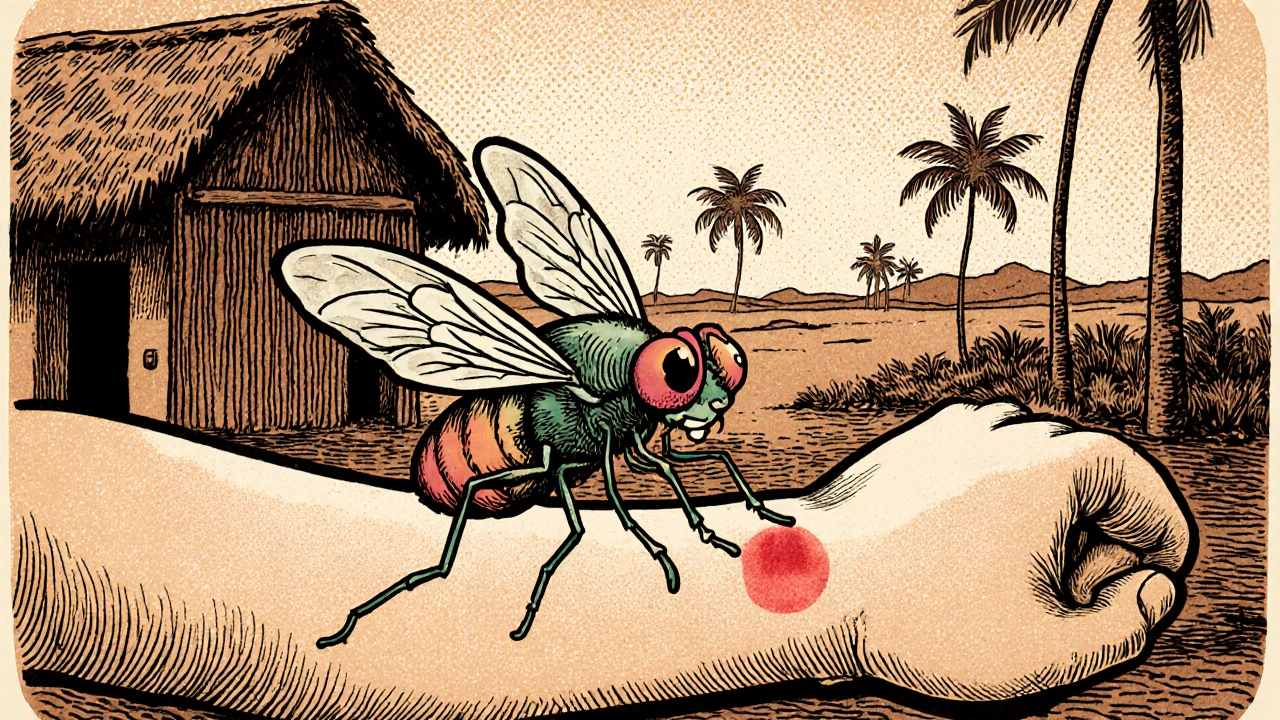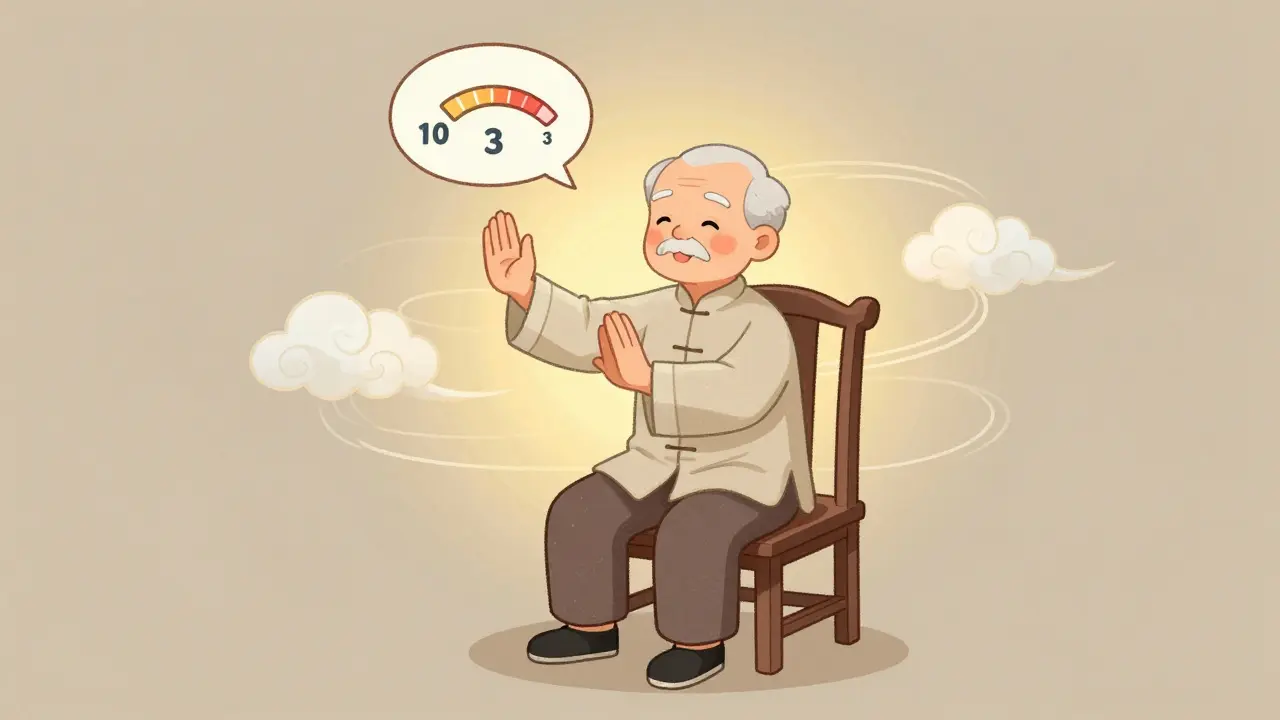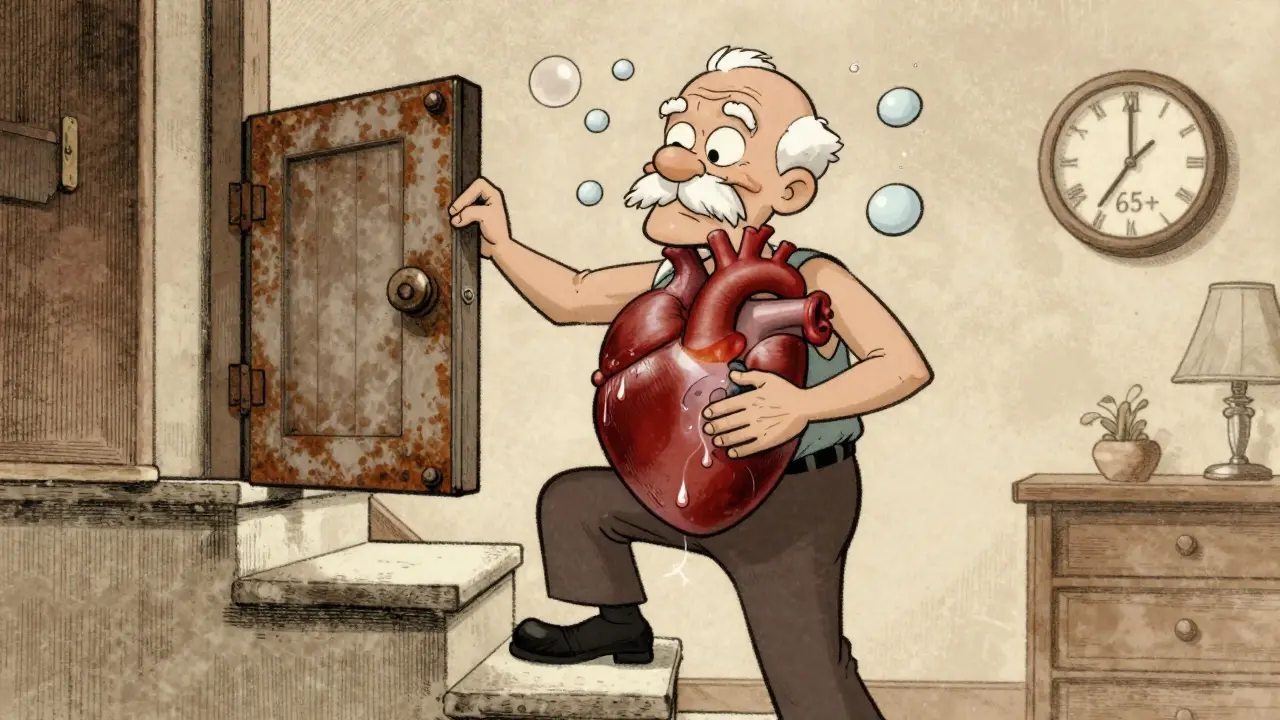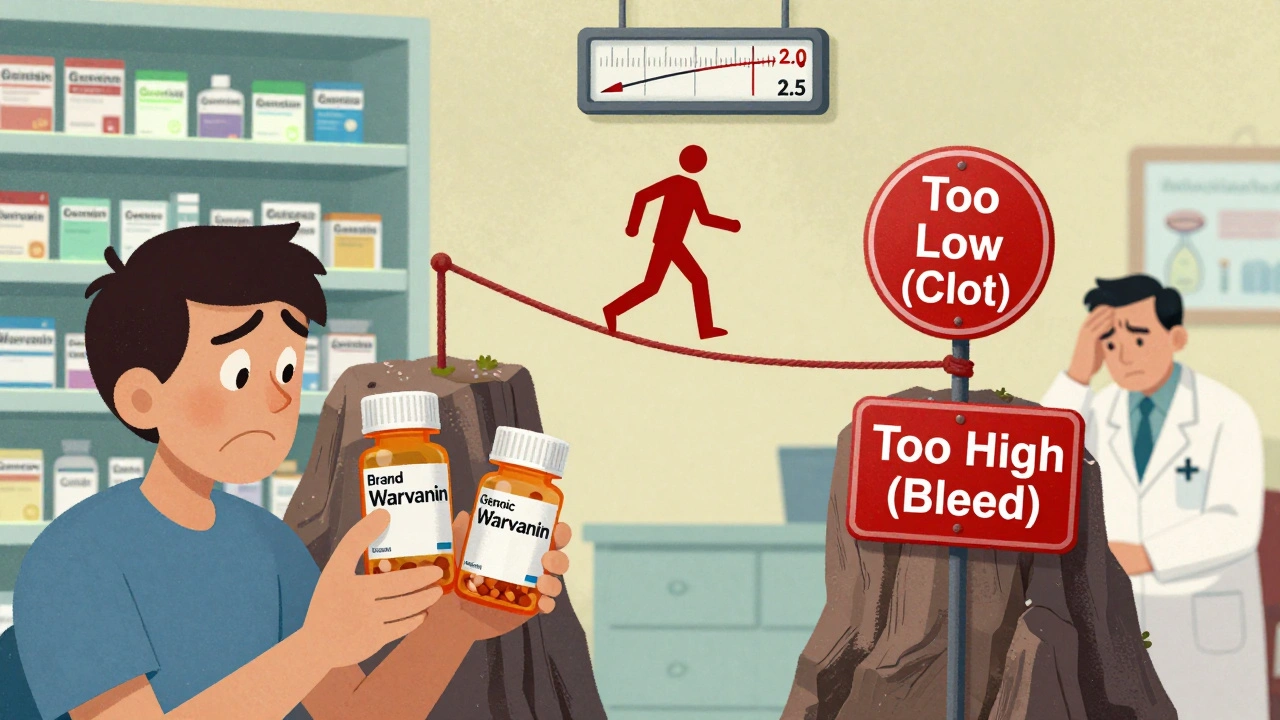Cutaneous Leishmaniasis: Causes, Treatment, and What You Need to Know
When you hear cutaneous leishmaniasis, a parasitic skin infection caused by Leishmania parasites transmitted through the bite of infected sandflies. Also known as oriental sore, it’s one of the most common forms of leishmaniasis and shows up as painful, slow-healing sores on exposed skin. This isn’t just a travel rash—it’s a real infection that can linger for months if untreated, and it’s not rare in parts of Central and South America, the Middle East, North Africa, and southern Europe.
People who spend time outdoors in rural or forested areas—especially during dusk and dawn—are at highest risk. The bite itself is often painless, so you might not notice it until weeks later, when a small bump turns into an open ulcer with a raised edge. Unlike regular wounds, these sores don’t respond to antibiotics because they’re caused by a parasite, not bacteria. That’s why leishmaniasis treatment, typically involves antiparasitic drugs like miltefosine, pentamidine, or antimony compounds, depending on the strain and location is so specific. Some cases heal on their own, but that can take up to a year and often leaves scars. For others, especially if the sores are near the eyes or nose, treatment is urgent to prevent spread.
The sandfly bite, the primary transmission route for cutaneous leishmaniasis, is different from mosquito bites in timing and behavior. Sandflies are tiny, quiet, and active at twilight. They don’t buzz. You won’t feel them. That’s why insect repellent with DEET, long sleeves, and bed nets treated with permethrin are your best defenses. If you’ve been in a risk zone and now have a stubborn skin sore that won’t heal, don’t assume it’s a spider bite or acne. Get it checked. Diagnosis usually involves a skin scraping or biopsy to spot the parasite under a microscope.
There’s no vaccine, and prevention is your only real shield. Travelers to endemic areas need to know the signs. Locals in affected regions often live with the disease for years because access to care is limited. That’s why understanding this condition matters—not just for your own health, but to recognize when someone else might need help.
Below, you’ll find practical guides on treatments that actually work, how to avoid getting infected in the first place, and what to do if you’re already dealing with a sore that won’t go away. No fluff. Just clear, real-world advice based on what’s been tested and used in the field.





